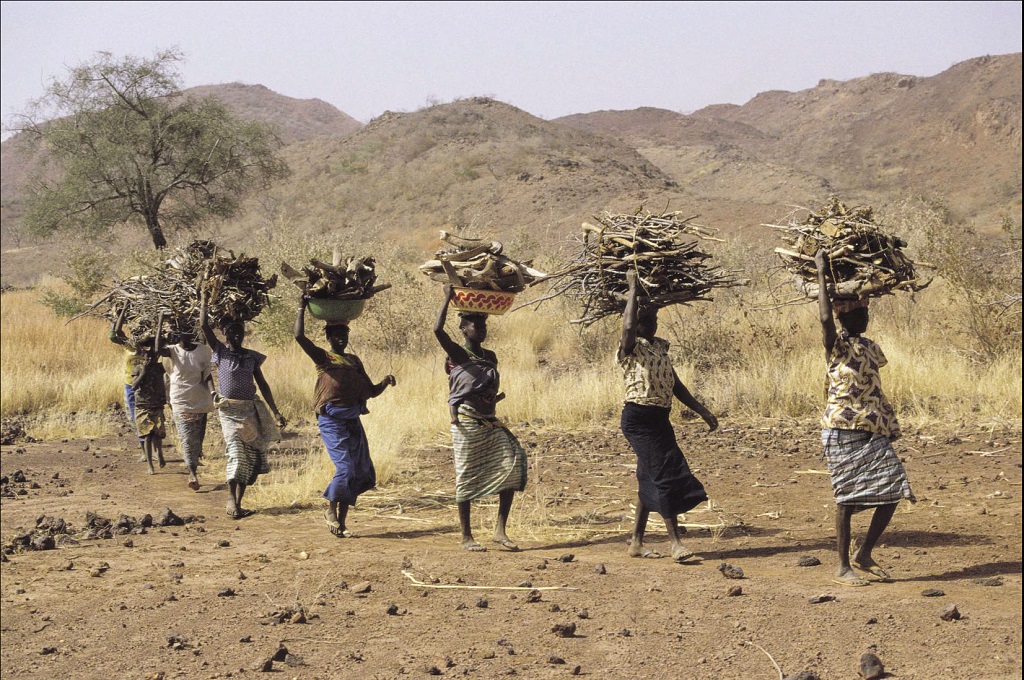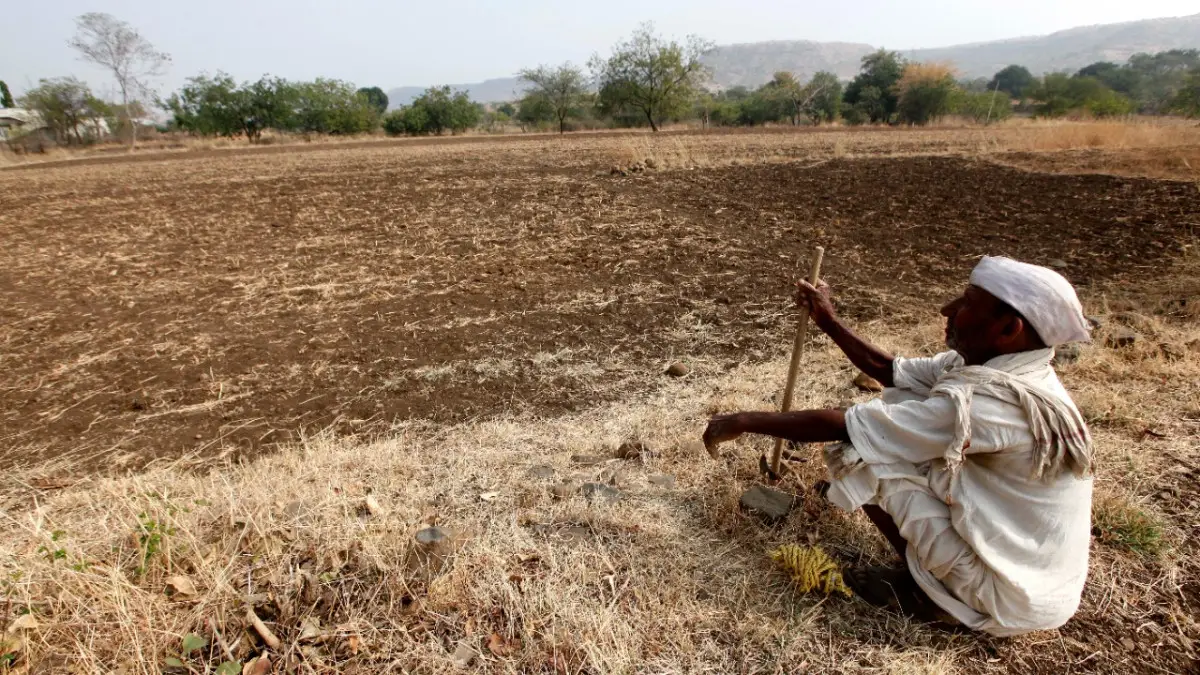Last Updated on June 3, 2024 by Annie Baldwin
Poverty and environmental degradation often go hand in hand.
Poor communities typically bear the brunt of environmental damage, while also lacking the resources to protect nature.
Understanding this complex relationship is key to finding solutions.
How Does Poverty Affect the Environment

Poverty can limit access to resources needed to reduce environmental impact, like renewable energy, green technologies, and waste management systems.
It can also force reliance on marginal lands and practices that lead to deforestation, soil erosion, and pollution.0
However, those in poverty often have lower per capita emissions.
Key Points
- Poverty leads to environmental degradation when marginal lands are overused and investments in sustainability are limited.
- The poor face disproportionate harm from issues like pollution, natural disasters, and climate change.
- Poverty reduction and environmental protection efforts must be integrated to break the vicious cycle.
Our Opinion
Poverty and environmental decline fuel one another, so solutions must be holistic.
While those in poverty contribute less to climate change, they feel its impacts most severely.
Investments in climate resilience, clean energy access, and sustainable agriculture can interrupt the poverty-environment cycle and promote justice.
How Poverty Leads to Deforestation

In many developing countries, poor rural communities rely on forests for their livelihoods. Without alternate sources of income, these groups are often forced to overuse forest resources in unsustainable ways just to survive, accelerating forest degredation. Specific examples include:
- Clearing forests for subsistence agriculture, since marginal lands are often the only lands available to the poor
- Overharvesting timber, vegetation, and wildlife due to lack of alternatives
- Increased demand for fuelwood and charcoal, as many poor households lack access to electricity
At the same time, the loss of renewable forests, soils, grasslands, fisheries, and wildlife hits poor communities the hardest by removing vital natural resources they depend on. It’s a vicious cycle where poverty drives environmental degradation, which in turn perpetuates poverty.
Breaking this cycle requires holistic solutions that address both sustainable economic development and conservation. Some strategies include:
- Providing poor communities with more eco-friendly income alternatives to reduce pressure on forests
- Giving local communities management rights over forests to incentivize sustainability
- Improving access to clean energy sources like solar or wind energy as an alternative to fuelwood
With thoughtful solutions that tackle both poverty and the environment, it is possible to break the cycle and chart a more sustainable path forward.
Poverty’s Link to Environmental Degradation
Poverty and environmental degradation are interconnected in complex ways. Poor communities often suffer disproportionately from pollution, land degradation, and lack of access to clean water and sanitation. This environmental damage then further entrenches poverty.
Several factors drive this vicious cycle:
- Poor people typically live on marginal lands prone to erosion, flooding, and drought.
- They lack resources to invest in environmental protections like irrigation, terracing, or reforestation.
- Basic needs like food and income override environmental concerns.
- Poor sanitation spreads disease due to a lack of waste management.
The results are accelerating land degradation, deforestation, loss of biodiversity, and pollution. These environmental burdens then exacerbate poverty by reducing agricultural productivity, increasing health problems, and depleting natural resources that communities rely on.
Solutions require an integrated approach that addresses poverty, equity, and sustainability together. Strategies include:
- Investing in clean water, sanitation, and pollution control in poor areas.
- Building climate resilience among vulnerable communities.
- Ensuring fair access to natural resources.
- Providing social protections to alleviate poverty.
With inclusive environmental policies and poverty reduction efforts, we can break the cycle of poverty leading to environmental damage leading to more poverty. Sustainable development requires bringing along the poorest communities too.
Ecological Vulnerability Caused by Poverty

Poverty often forces people to rely more directly on natural resources for survival. At the same time, poor communities lack resources to protect the environment. This combination leaves the poor especially vulnerable to ecological degradation.
For example, smallholder farmers in drylands may need to cultivate increasingly marginal lands just to feed their families. But without proper irrigation and soil conservation, this leads to erosion, desertification, and loss of productivity over time. Likewise, poor villagers collecting fuelwood for cooking deplete local forests faster than they can regrow.
Poverty tends to concentrate people in ecologically fragile areas such as floodplains, deforested hillsides, and erosion-prone soils. Lack of land rights and social protections prevent relocation even as climate change exacerbates environmental hazards in these locations.
At the household level, poverty forces reliance on traditional solid fuels for cooking and heating. The indoor air pollution this creates leads to 4 million premature deaths annually, predominantly among women and children.
In these ways, poverty diminishes resilience and amplifies environmental damage. Short-term survival needs to override sustainability, degrading soils, forests, fisheries, and water sources on which communities depend. Targeted interventions are needed to build ecological resilience and reduce vulnerability among the poor.
The Environmental Impact of Poverty
Poverty and environmental degradation often go hand in hand. Poor communities lack the resources to invest in environmental protection while depending heavily on natural resources for survival.
For example, poor farmers may resort to unsustainable agricultural practices like slash-and-burn farming to grow enough food. They also have limited access to eco-friendly inputs like organic fertilizers or drip irrigation. This leads to problems like soil erosion, nutrient depletion, and loss of biodiversity over time.
Likewise, poverty drives rapid urbanization in developing third-world countries. Unplanned growth leads to the proliferation of slums lacking proper sanitation, clean water, or waste management. This results in pollution, disease, and environmental health risks for urban poor populations.
At a macro level, poorer countries often exploit natural resources like minerals, timber, and fisheries to generate much-needed revenue. Weak governance and corruption can drive illegal, unregulated extraction. This exhausts resources and damages ecosystems.
However, successfully lifting populations out of poverty can ease pressure on the environment. With more resources and options, communities switch to more sustainable practices. Poverty reduction and environmental protection must go hand in hand for truly sustainable development.
Steps to Mitigate Poverty’s Effect on the Environment
There are several steps that can be taken to reduce the harmful environmental impacts of poverty:
- Invest in clean energy access for poor communities so they do not have to rely on firewood or charcoal.
- Support sustainable agriculture through training on eco-friendly practices and access to things like organic fertilizers.
- Strengthen land rights and resource tenure for marginalized groups like indigenous communities.
- Improve basic services like sanitation, waste management, and clean water in urban slums.
- Crackdown on illegal natural resource extraction through better monitoring and law enforcement.
- Promote alternative livelihoods to reduce dependence on environmentally harmful activities.
- Empower women through education and opportunities as they are key stewards of natural resources.
Tackling poverty requires holistic solutions that consider environmental sustainability. With inclusive economic growth and social policies, the downward spiral of poverty leading to environmental degradation can be reversed.
FAQ
How Does Poverty Impact the Environment?
Poverty often forces people to live on marginal lands, leading to environmental degradation like erosion and deforestation. Limited resources also prevent investments in green technologies.
How Does Environmental Degradation Impact the Poor?
The poor disproportionately bear the burdens of environmental problems like pollution, droughts, and natural disasters. This threatens their health, food security, and livelihoods.
What Is the Relationship Between Poverty and Climate Change?
Climate change exacerbates poverty by damaging infrastructure, reducing agricultural productivity, and increasing the prevalence of diseases. Meanwhile, poverty makes it harder to adapt to climate change impacts.
Conclusion
Poverty and environmental degradation exist in a vicious cycle, each one worsening the other. Impoverished communities lack the resources to protect the environment while also being most exposed to the impacts of environmental decline. Tackling these interconnected issues requires integrated solutions that address health, food security, climate resilience, and economic development. Sustainable poverty reduction will help protect the environment. At the same time, environmental protection and climate change adaptation can reduce poverty.
